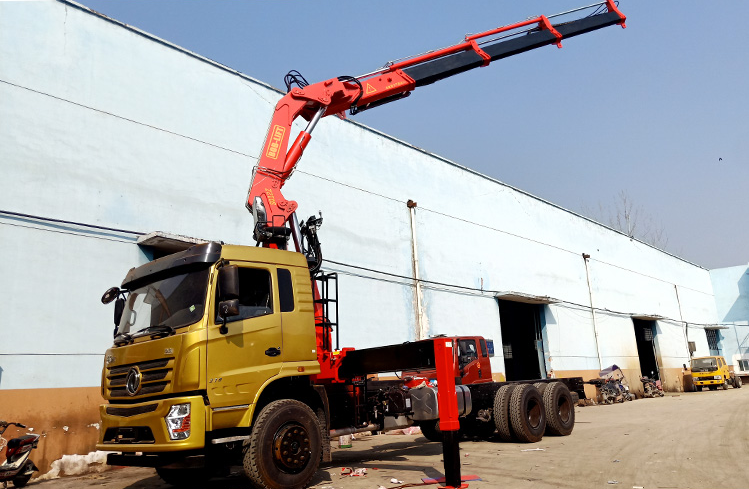Cranes are towers or derricks equipped with cables and pulleys to lift and reduce material. They are commonly used in the manufacture of construction and heavy equipment. The first seven construction cranes are usually temporary structures, either fixed to the ground or mounted on custom vehicles.
They can be controlled by a cab operator traveling with the crane, a push-button suspension control station, or radio-type controls.
Different types of cranes are used in construction.

Mobile crane.
Mobile cranes are the most standard and commonly used type of crane in construction today. Mobile hydraulic cranes consist of steel trusses or telescopic booms mounted on a mobile platform, which can be rail, wheeled, or even a cat truck. The arms are hinged at the bottom and can be raised and lowered by cables or hydraulic cylinders.
What makes this construction crane so versatile? Its footprint and mobility. Under construction conditions, it may sometimes be difficult to access where hoisting materials are required. Move the crane to a position that allows it to lift material at the correct crane capacity and is affected by the crane footprint. The footprint is the area required for the crane to set the legs in place to lift the material within the crane chart requirements.
Mobile crane.
Telescopic crane
Telescopic cranes provide a boom consisting of many pipes, one mounted inside another pipe. A hydraulic mechanism can expand or contract the pipe to increase or decrease the length of the boom. Most construction cranes today are telescopic cranes in some form. In addition to the lattice boom crane, there is an iron frame that is bolted together for the proper crane height.
tower crane
Tower cranes are the modern form of balancing cranes. When fixed to the ground, tower cranes usually offer the best combination of height and lifting capacity and are also used in the construction of high-rise buildings. Some large tower cranes can reach a height of 1000 meters! The average floor size of a high-rise building is equal to 3.5 meters per floor. This is an insane 285 story building! Very an incredible machine. When the tower crane exceeds a certain height, it is very important to attach the tower crane to the building to help prevent the crane from swaying and tipping over.
Truck cranes (also known as boom trucks or picking trucks)
Boom trucks or pick trucks are cranes mounted on rubber tire trucks that provide excellent maneuverability. Legs extending vertically or horizontally are used to level and stabilize the crane. The capacity of these cranes rarely exceeds 50 tons. As mentioned above, their versatility lies in their mobility and range.
Rough Terrain Crane.
The rough terrain crane is a crane mounted on landing gear with four rubber tires, specially designed for off-road operation. Legs extend vertically and horizontally to level and stabilize the crane. These types of cranes are single-engine machines and the same engine is used to power the crane as it is used to power the crane. These cranes are ideal for construction sites with uneven, soil, and rocky terrain. The crane’s maneuverability and ability to move on-site make it an effective support crane for light-duty cranes in construction and infrastructure projects.
Loader Cranes (aka Folding Boom Cranes)
A loading crane or folding boom crane is a hydraulically powered articulated boom mounted on a trailer used to load equipment onto the trailer. When the crane is not in use, many parts can be folded into a small space. The capacity of these cranes has increased dramatically over the years. Currently, there are 200-ton loader folding boom cranes on the market.
Overhead cranes, also known as overhead cranes, are commonly used in factories, some of which can add very heavy loads. Large overhead cranes (aka giant cranes) are used in shipyards and large outdoor manufacturers. Elevators are mounted on trolleys that will move in one direction along one or two beams, usually via a viaduct or ground track mounted on one side of the assembly area, moving from an angle.
 truck crane,Truck mounted crane,Marine Crane –
truck crane,Truck mounted crane,Marine Crane –